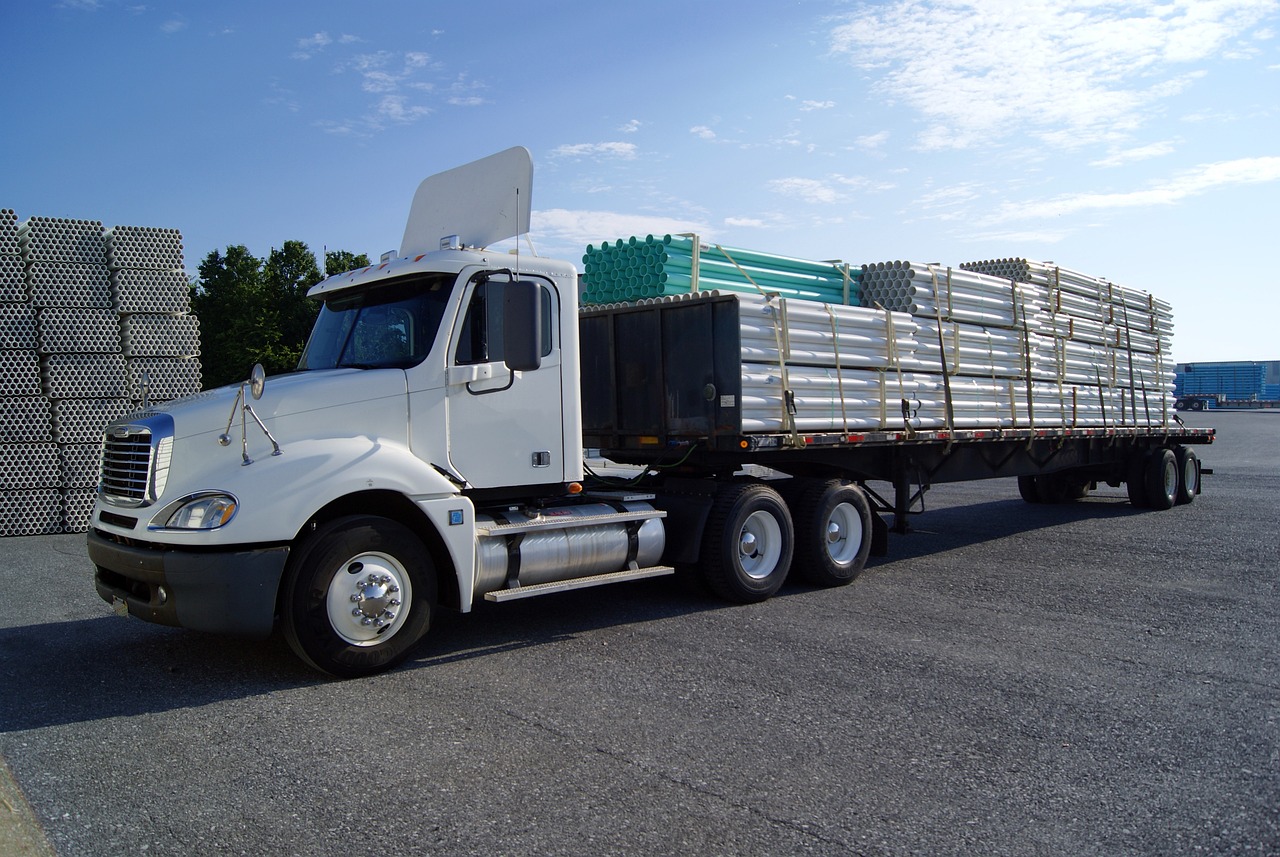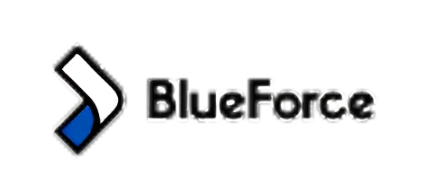http://<script type="text/javascript" src="https://www.oil-price.net/TABLE3/gen.php?lang=en"> </script> <noscript> To get the <a href="http://www.oil-price.net/dashboard.php?lang=en#TABLE3">oil price</a>, please enable Javascript.</noscript>
Tire Composition

1. Tires with inner tubes
An inner tube tire is composed of an outer tube, an inner tube and a cushion belt. The outer tube is an elastic rubber fabric bag that can protect the inner tube from mechanical damage, keep the inflatable inner tube at a specified size, bear the traction and braking force of the car, and ensure the grip of the tire on the road. The inner tube is an annular rubber tube that is placed inside the outer tube and filled with compressed air. There is a cushion belt between the inner tube and the rim (the tire used on the deep rim does not need a cushion belt). The cushion belt is an annular band with a specific cross-sectional shape to protect the inner tube from wear. The main disadvantage of tube tires is that they have a high running temperature, are not suitable for high-speed riding, and cannot fully guarantee riding safety. When in use, the inner tube is in a stretched state inside the tire, and a small hole is formed after a slight puncture, causing the tire pressure to drop quickly.
2. Tubeless tires
No inner tube is used, air is pumped directly into the inner cavity of the outer tube. The tightness of the tire is achieved by the tight fit of the tire on the specially textured rim. To prevent air from leaking through the sidewall, the inner surface of the tire is lined with a special sealing layer so that air can only escape from the perforation in the event of a puncture. However, the perforation is compressed by the elastic action of the tire material, and the air can escape from the tire only slowly, so the internal pressure in the tire gradually decreases. If the object (nails, etc.) punctured in the tubeless tire remains in the tire, the object will be wrapped by a thick rubber layer and the air in the tire will not escape for a long time. The superiority of tubeless tires is not only to improve driving safety. This type of tire allows you to continue driving even if the puncture is small. It is easier to repair a puncture in the middle than a tube tire. There is no need to remove the rim, so in some cases spare tires can be dispensed with. Tubeless tires have better flexibility, which can improve the cushioning performance of the tires, generate less heat and operate at low temperatures at high speeds, and can increase the life of the tires.
3. Tire structure
The tire is composed of the carcass, buffer, tread, sidewall and beads. The tire section can be divided into several separate areas: crown area, shoulder area (tread slope), flex area (sidewall area), reinforcement area and bead area.
a. The main body of the rubber cord which gives strength, flexibility and elasticity to the carcass is called the carcass. The carcass must have sufficient strength and elasticity to withstand strong vibrations and shocks and to withstand multiple deformations caused by radial, lateral and circumferential forces acting on the tire during driving. The carcass shall consist of one or more plies of rubberized cords capable of providing the necessary strength to the carcass and to the tire as a whole.
b. Buffer The film or rubber cord/film composite structure between the carcass and the tread is called the buffer. The purpose of the buffer layer is to protect the carcass from vibration and shock, reduce the traction and braking force applied to the carcass, and improve the adhesion between the tread rubber and the carcass. The buffer layer of radial tires is commonly referred to as the belt layer because of its various functions. The maximum stress generated in the outer tire is concentrated in the buffer layer, and the temperature of the buffer layer is the highest. The material and structure of the buffer layer generally vary with the specifications and structure of the tire casing and the material of the carcass.
c. The outermost rubber layer of the tire in contact with the road surface is called the tread (usually the outermost rubber layer of the tire crown, shoulders, sidewalls and reinforced areas are collectively called the tread rubber). The purpose of the tread is to prevent mechanical damage and premature wear of the carcass, to transmit the traction and braking force of the vehicle to the road, to increase the grip between the tire and the road (ground), and to absorb the vibration of the tire during operation. The part of the tread that is in direct contact with the road surface during normal driving is called the tread. The surface of the tread consists of blocks and grooves of different shapes, and the protruding parts are blocks. The surface of the blocks can increase the grip of the tire on the road (ground) and provide the necessary anti-slip force of the vehicle. The bottom layer of the groove is called the base of the tread and is used to absorb shock and impact.
